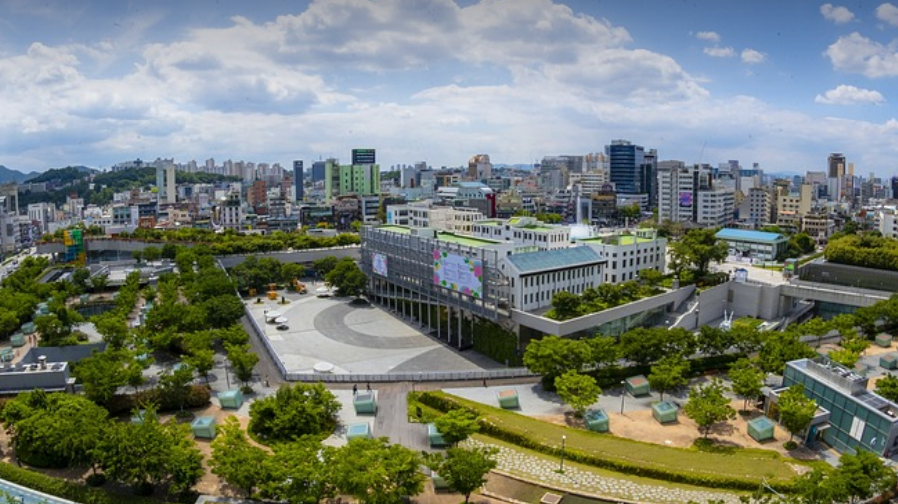Keeping the Streets of DC Flowing
Washington, D.C., is a city bursting with history, culture, and vibrant life. From its iconic monuments to bustling streets teeming with people, there’s no denying the energy that pulses through this incredible metropolis. But beneath the surface of our nation’s capital lies a network of roads and pathways—the asphalt arteries that keep everything moving.
Whether you’re navigating the Metro system or cruising down Connecticut Avenue, you rely on well-maintained asphalt to get where you need to go. It’s more than just a foundation; it’s an integral part of our urban infrastructure. And when it comes to keeping our streets safe and smooth, asphalt paving is crucial.
Why Asphalt Paving Matters in D.C.
Asphalt paving isn’t merely about aesthetics—it plays a critical role in day-to-day life within Washington, D.C. Let’s delve into the reasons why it’s so important:
**1. The Foundation of Movement:** Imagine trying to walk or drive on a bumpy, uneven surface. It would be frustrating, right? Asphalt provides a smooth foundation that allows for safe and comfortable travel.
**2. Durability in the Face of Nature:** D.C.’s weather is as dramatic as it is unpredictable. We get blazing sunshine, unexpected showers, icy winters, and even some snow flurries. Asphalt stands up to these challenges and keeps our roads resilient against the elements.
**3. Ease of Maintenance:** Unlike a concrete surface that can crack and crumble over time, asphalt is designed for easy maintenance. Regular sealcoating and basic repairs help extend its lifespan.
**4. Safety First:** Safe roads are vital in any city, and Washington, D.C., is no exception. Well-planned asphalt paving plays a crucial role in preventing accidents by creating smooth driving surfaces.
Navigating the Asphalt Paving Process: A Step-by-Step Guide
So, you’re ready to take the next step and upgrade your Washington, D.C., commute? Here’s how asphalt paving works in the city:
**1. Planning and Design:** Before any pavement is laid, a detailed plan needs to be created. This includes understanding traffic patterns, road infrastructure, budget constraints, and even environmental impacts.
**2. Excavation and Preparation:** Existing asphalt will need to be removed or leveled depending on the area being paved. Then, the base layer is laid down, a crucial foundation for the longevity of the project.
**3. Laying the Asphalt: ** This core part of the process involves precisely placing hot asphalt onto the base layer using specialized equipment. It’s all about smooth transitions and precise control.
**4. Curing and Finishing:** After the asphalt has been laid, it needs time to settle before being exposed to traffic. This “curing” process helps ensure a smooth surface that can handle heavy loads.
**5. Maintenance: ** Once the paving is complete, regular maintenance is essential for extending the life of the new surfaces.
Finding the Right Asphalt Paving Company
A good asphalt paving company in Washington, D.C. is an investment worth making. Here’s what to look out for:
**1. Experience and Reputation:** Look for companies with a proven track record of successfully completing similar projects in the DC area.
**2. Expertise in Local Conditions:** A company that understands D.C.’s specific challenges (like the unique weather patterns) will be better equipped to handle your project.
**3. Transparent Communication and Pricing:** Clear communication throughout the process, along with upfront quotes detailing costs and timelines , is essential for avoiding any surprises later on.
Asphalt Paving: A Vital Part of D.C.’s Infrastructure
Asphalt paving in Washington, D.C., isn’t just about maintaining our roads; it’s about ensuring the smooth flow of life within the city. From daily commutes to public transportation, asphalt underpins our ability to connect, explore, and thrive.
